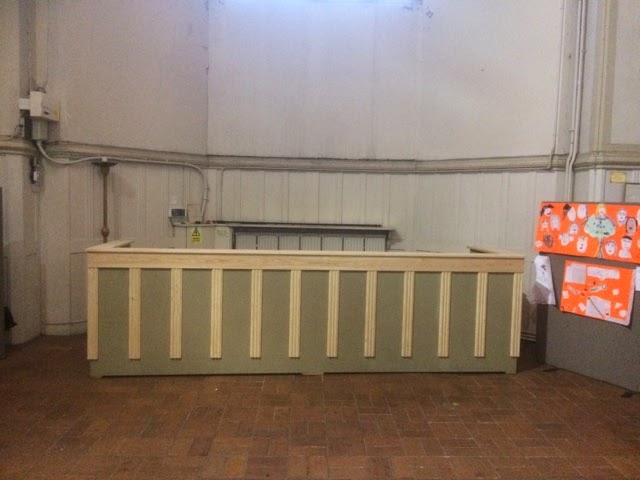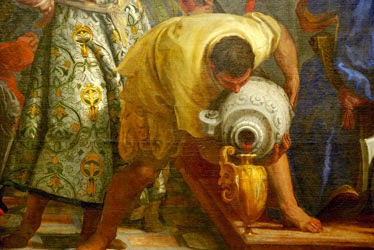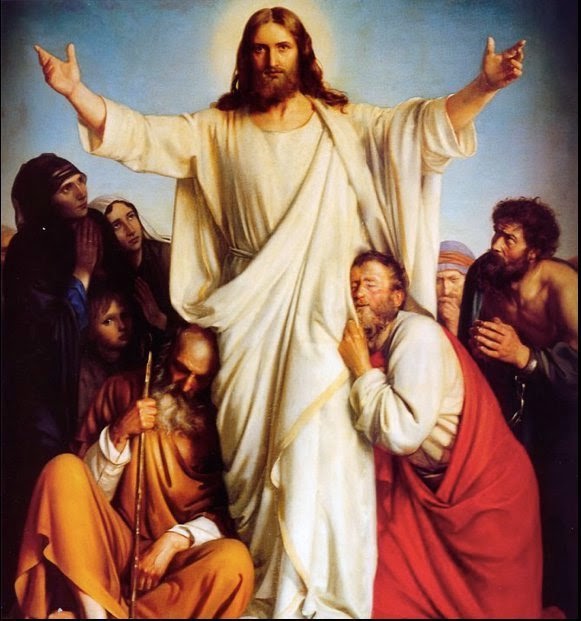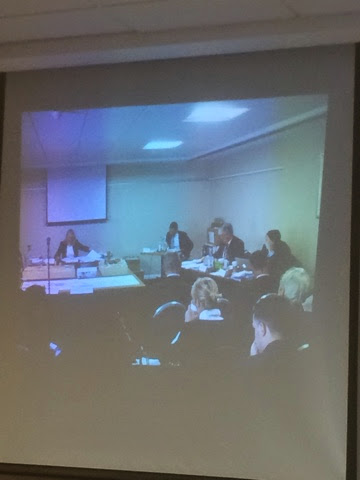Ready for those who come
Who come obedient to the
Spirit’s leading
Or who are driven
Because they will not come
any other way.
Those
are the opening words of a poem by Ruth Burgess. It reminds us of what the
desert has come to signify in some peoples writing and thinking.
What
image comes to your mind when you think of a desert?
A
dry and arid place
A
place of extremes heat in the day cold in the night
A
harsh and hostile place
A
place of death
A
place to be feared and not entered into.
Jesus
immediately after his baptism, marking beginning of his public
ministry, is driven out into the desert by the Spirit. It seems that he may
have been unwilling, hence the way Mark uses the word “driven” where as the
later gospel writers use the word “led”.
One
of the ways in which Christian writers have used the image of the desert, is to
associate the desert with those times of life when we seem to loose our faith
or hope.
The
times when life seems to be come unbearable.
It
has been used to symbolise the “dark night of faith” when God seems far from us
and we become uncertain of what lies ahead and whether or not we have the
strength to go on.
We live in a time of great fear and darkness. The
fear and terror that stalks our collective and individual consciousness
continues to add unease and results in paralysis and aloneness.
As time honoured and familiar markers that give meaning and direction in the landscape of
our existence are being swept away it does indeed seem that we are encountering a wilderness in our
modern life, shifting sands of subjective individual feeling.
One of those familiar landmarks that has been eroded
by the advances of the modern urban life is that of relationship. The relationship
between ourselves and the environment, ourselves as fellow citizens and between
ourselves and God.
To
find ways to live without reference to God our father.
To
find other ways for meaning and purpose in our lives that come at the expense of
our relationship with God.
As
we journey with Jesus this morning into the desert
As
we mark this morning the beginning of our Lentern journey
we
remember those who have travelled through the desert before us.
In
our first reading we were reminded of Noah who in spite of the mocking jibes and incredulity of those around him
built an ark to protect all that was good in the world and preserve it for a
new and better future.
He must have known something of the desert
experience as he and his family looked out over the unbroken surface of water
for 40 days and nights that had swept away all the familiar landmarks of their
life and experience.
The sight of the rainbow,
itself only possible in the interaction/the juxtaposition between those
familiar opposites of rain and sunshine, dark cloud and clear sky, brought hope
and promise into the life of a man on the brink of despair and sorrow.
There
was Moses who lead the children of Israel through the desert. This was a time of change and a time of hardship,
a time when all the security of life in Egypt was left behind and a future, defined only by promise, was embraced.
But
more importantly it was a time for learning how to be obedient to God. It was
while the Israelites wandered, apparently lost, in the vastness of the desert,
that God made his presence known to them by giving them the Law, the 10
commandments, by feeding them the manna, the bread from heaven, by sticking the
rock so that water flowed for the people to drink God provided and ensured
their survival.
You
may remember Elijah who cried out in his “dark night of faith” “It is enough O lord take my life”.
He
was alone, the last of the prophets and as a wanted man was hiding in the
mountains dejected, lost and at his wits end. His cry of despair is just one of
many in the pages of scripture of those who long to understand the ways of God
and his purposes in their lives, as indeed we in our time long for purpose and
meaning in the seemingly random and cruel world of our making.
Then
there is the cry of another prophet, Ezekiel who looking out at the seeming
hopelessness of life cried out to God “Can these dry bones live?”
It
is this cry that those of us who dare to come and stand at the foot of the
cross on Good Friday will hear uttered by God in the voice of his own son at
the end of the journey we begin today. “My
God My God, Why have you forsaken me”.
If
we are able to look upon this God forsaken man, we will be able to look into
the god forsaken parts of our life and see the love of God the father and with
it the possibility of new life being breathed into those dry and arid places;
as he brought life and light into the broken and cold body of Jesus.
If
we dare to journey into the desert, then we will find ourselves on a journey of
self discovery and find that we are not alone, just as Jesus found in the
desert, in the long cold nights, that he was himself in the company not just of
wild beasts but angels too.
As
I look back over the events of my own life, I like so many of you see times of
loneliness, brokenness, and loss. Times when it seems that all that I love most
in this world slip from my grasp in a moment. It is then that
I
am confronted with my own weakness, my inability to shape or control events and this in itself is part of the test
to be faithful to God and trust in his providence.
What
we have to learn, what we still need to learn, is that God is never far from us.
That the silence of God can be terrifying and may seem as final as death.
But
far from being absent God is in the silence,
He
is in the “dark night of faith.”
He
is in the wilderness and deserted places of our being
And
he is there bringing together all things for his glory.
May
you have a blessed Lent and use the time to draw closer to God and trusting in
him place your hand in his and journey into the desert within.
The desert awaits……….
And whilst we fear, and
rightly
The loneliness and emptiness
and harshness,
We forget the angels,
Whom we cannot see for our
blindness
But who come when God
decides
That we need their help;
When we are ready
For what they can give us.














